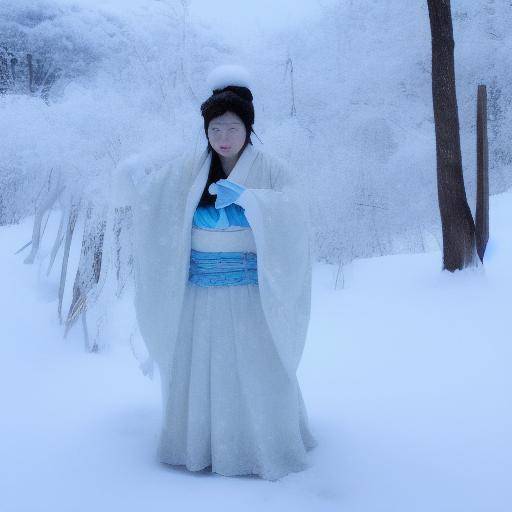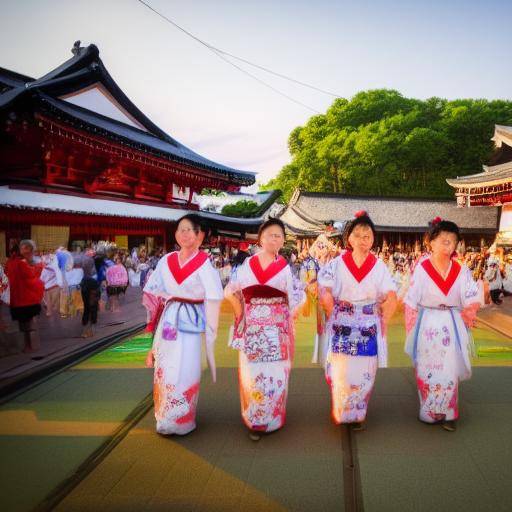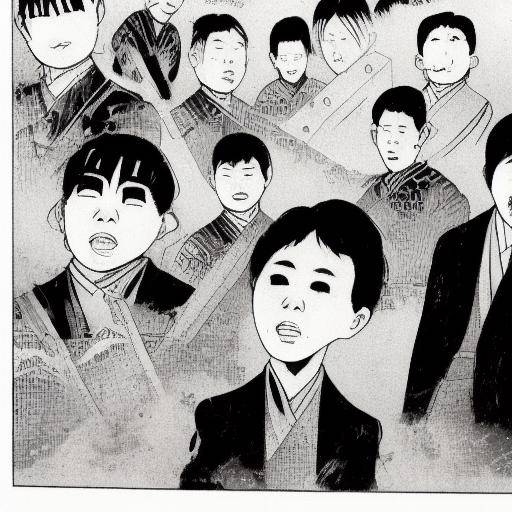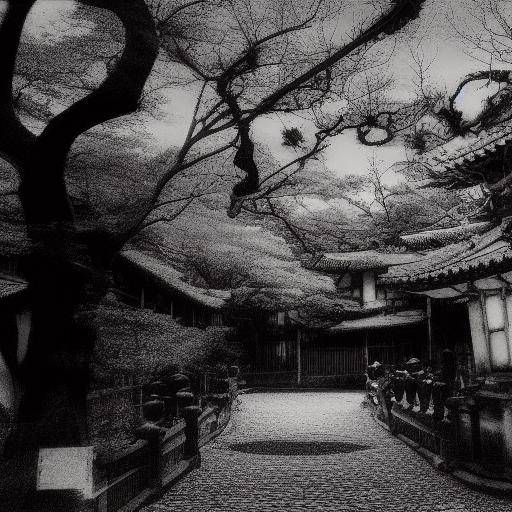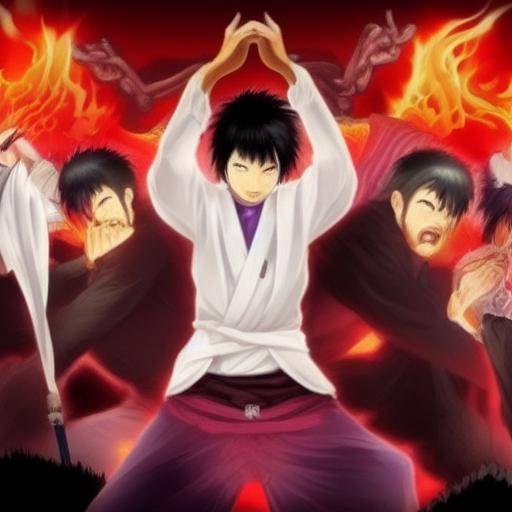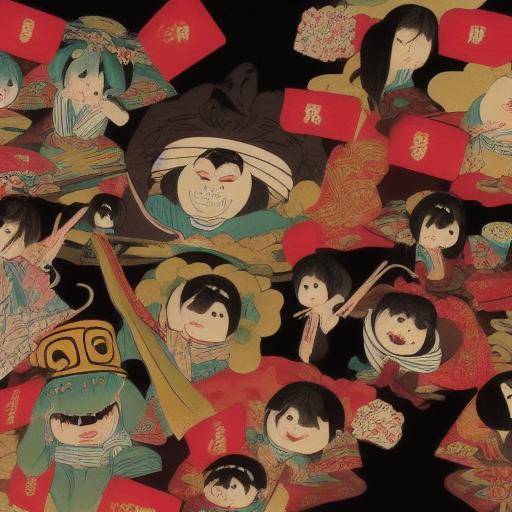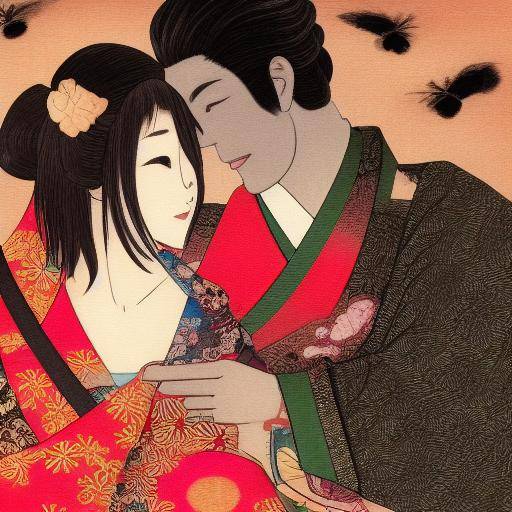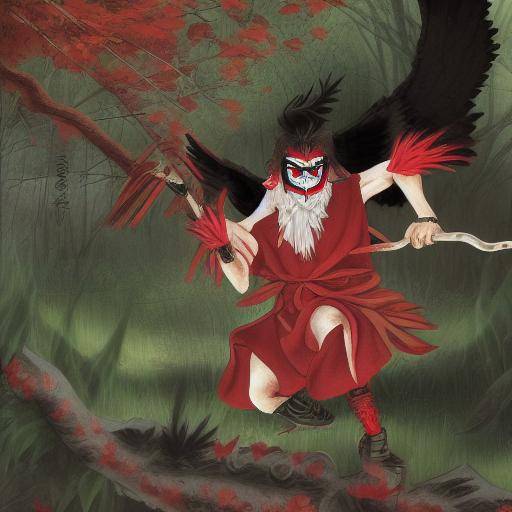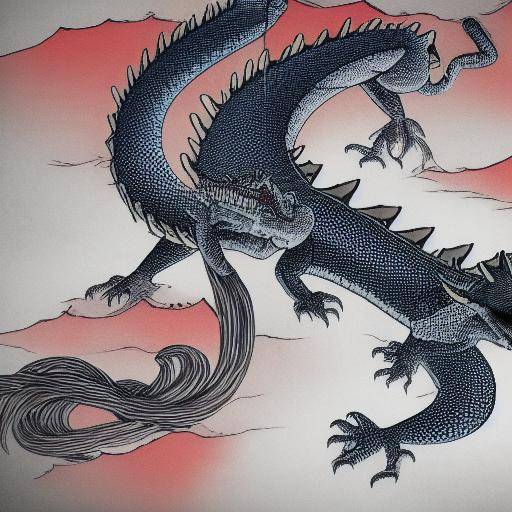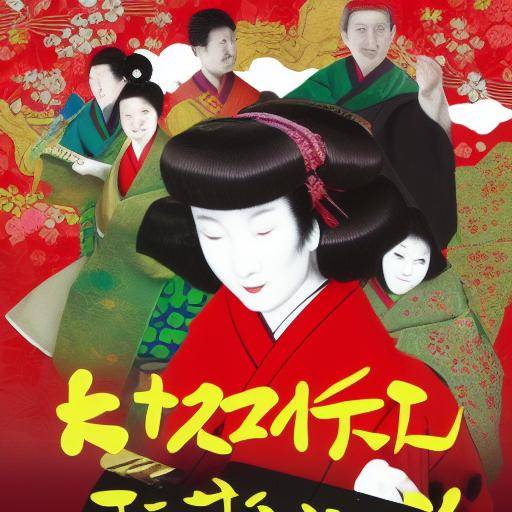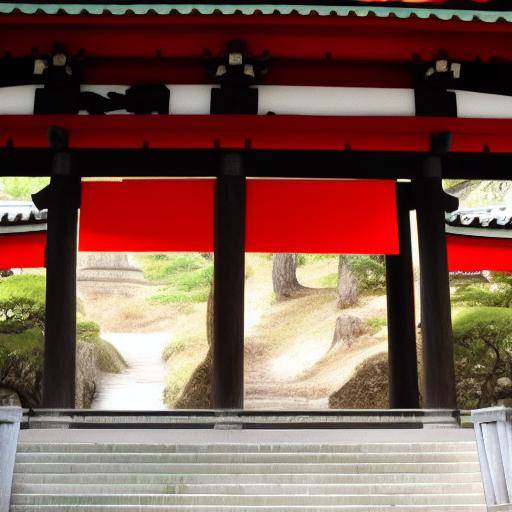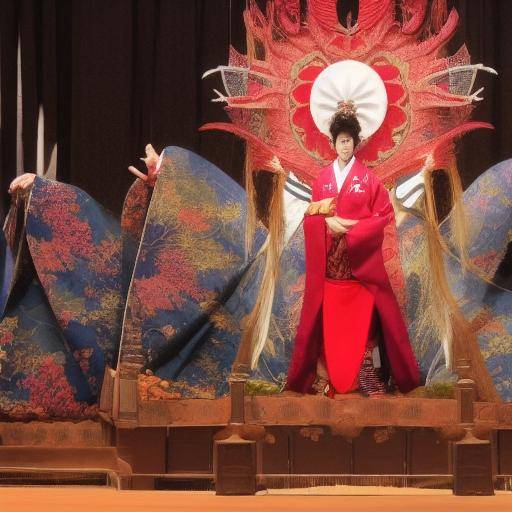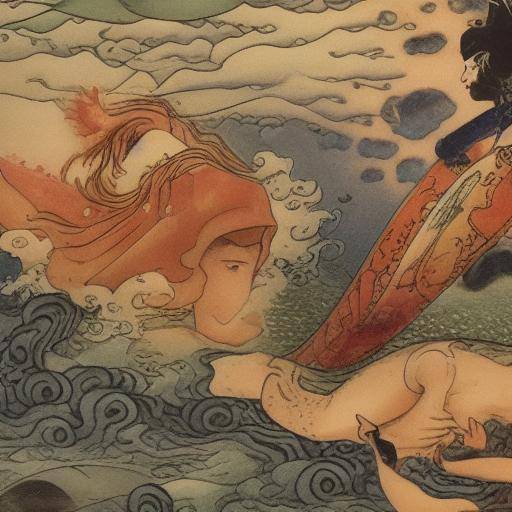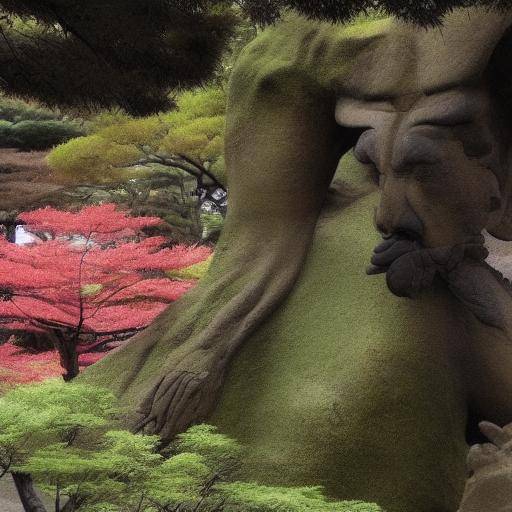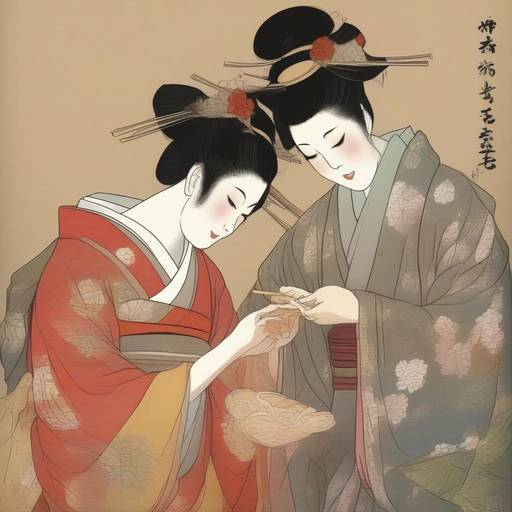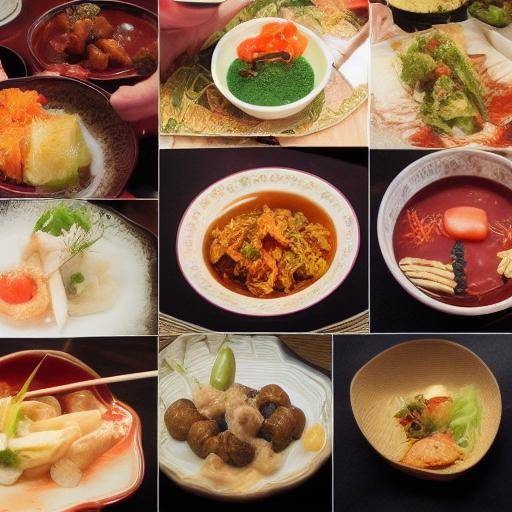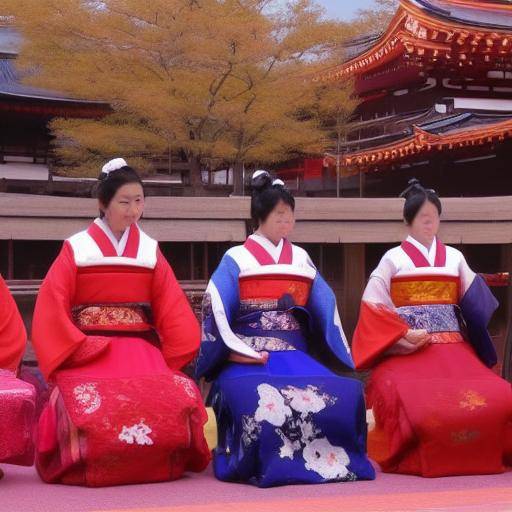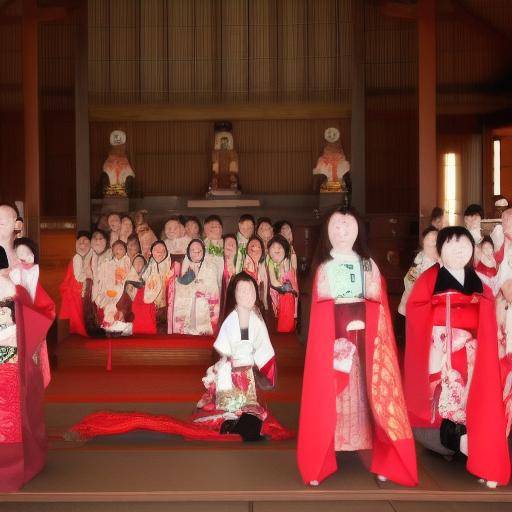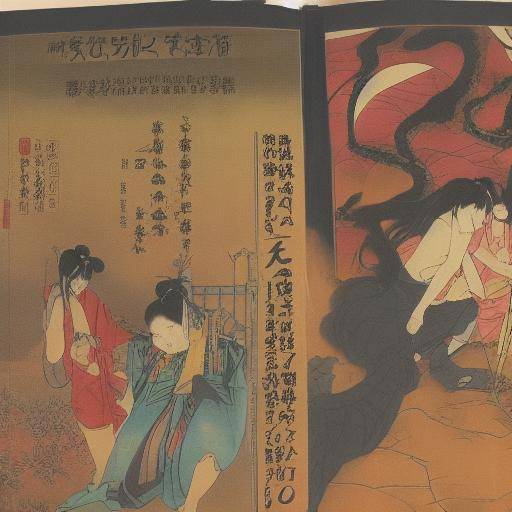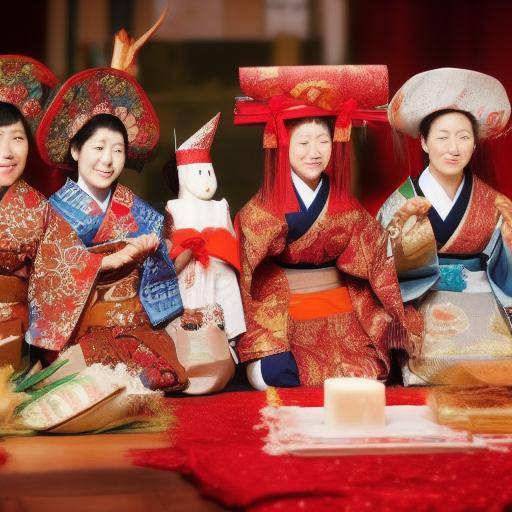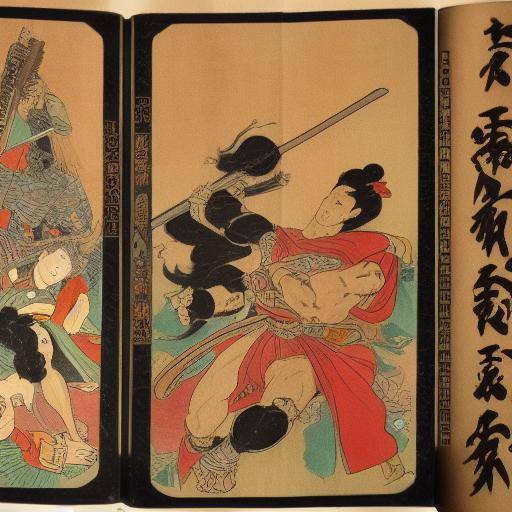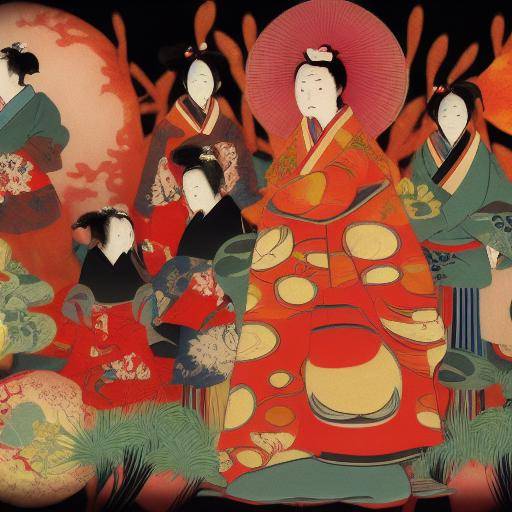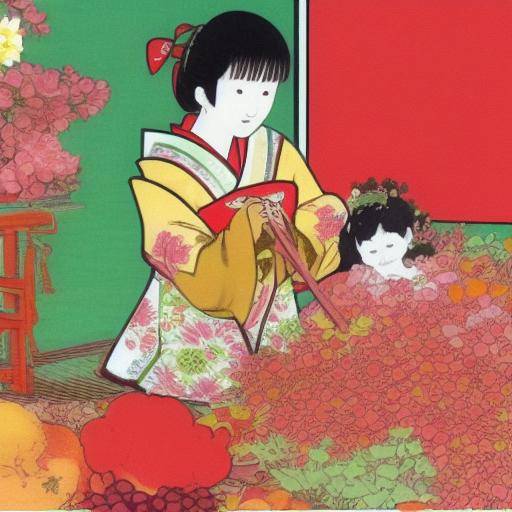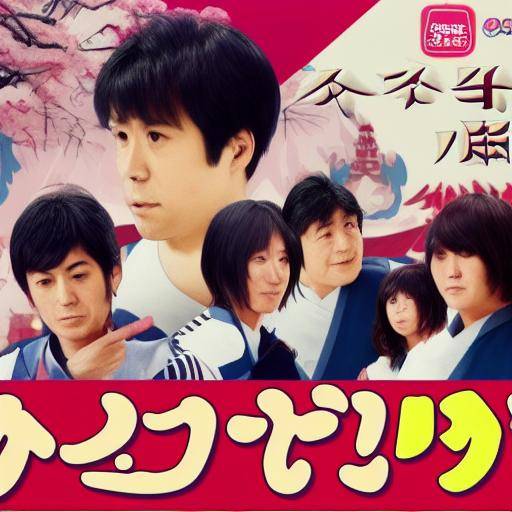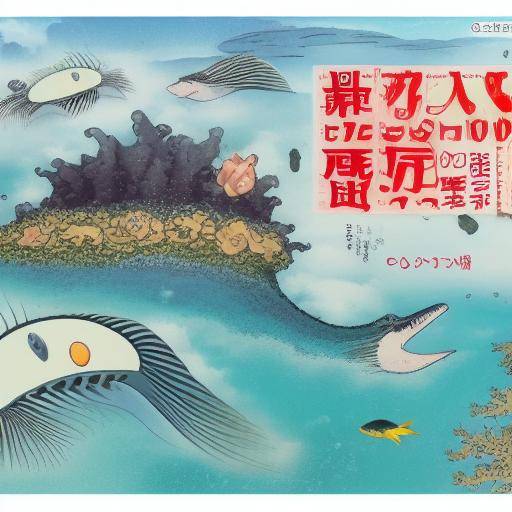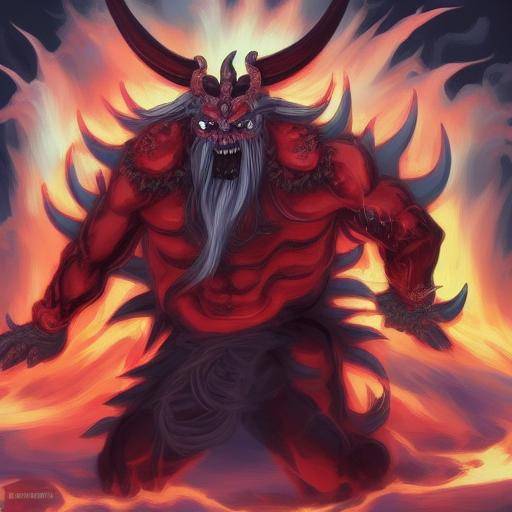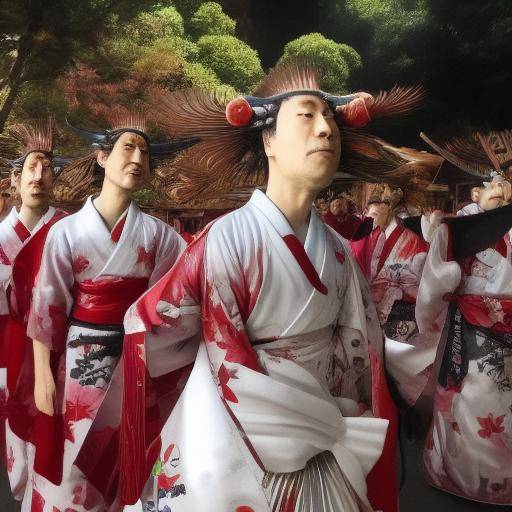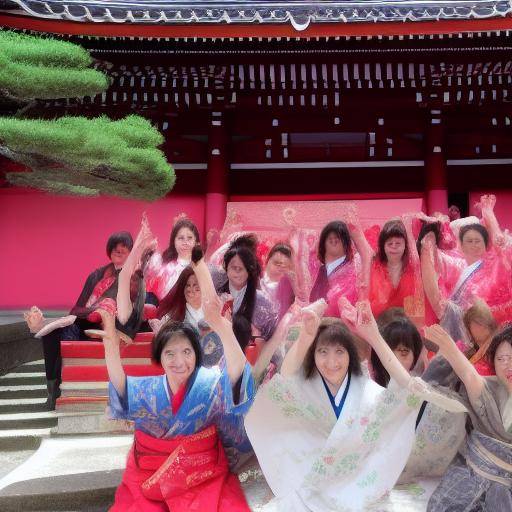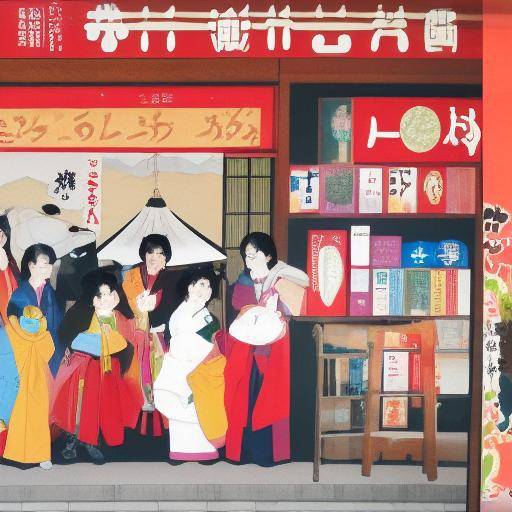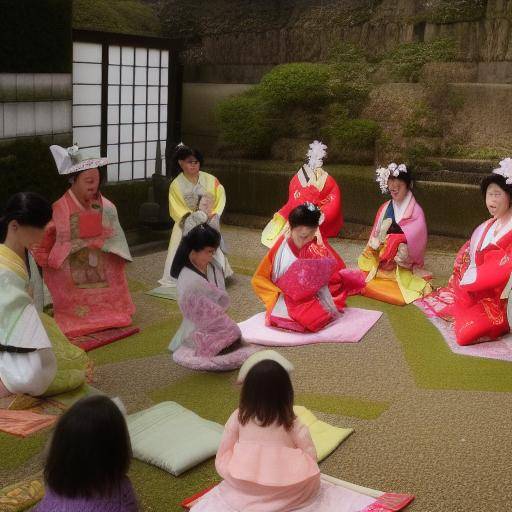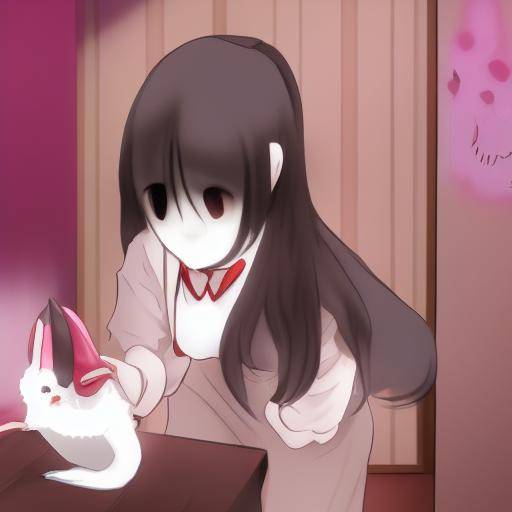
The Japanese cultural phenomenon has led to countless traditions, myths and legends that have transcended borders. One of the most intriguing aspects of Japanese culture is its fascinating link to terror and the supernatural. Within this rich narrative is Hanako-san, the ghost of the school bath, a story that has endured over the years, captivating girls and boys with their mystery and creepy appeal. In this article, we will explore in detail the history of Hanako-san, the cultural context surrounding it, as well as its impact on child terror and invocation games in Japan.
Introduction to Hanako-san
The legend of Hanako-san is on a daily stage: a school bath. It is said that if someone goes to the third cubicle of the girls' bathroom in certain circumstances - such as calling three times the name of Hanako-san -, she will appear to grant a wish or, at times, to scare the intruder. This story has come to life in the minds of girls and boys in Japan, generating fear and curiosity to the same extent.
History and Background of Hanako-san
Origins of the Legend
The legend of Hanako-san has deep roots in Japanese popular culture. Although there is no clear consensus on its origins, it is believed that history emerged in the Showa era (1926-1989) and has been transmitted through generations. Its popularity has expanded through urban folklore and mouth to mouth, making it an iconic element of Japanese terror.
Evolution of the Legend
Over time, Hanako-san's history has experienced different interpretations, adapting to cultural and generational changes. From oral accounts to contemporary media representations, Hanako-san's figure continues to fascinate audiences, keeping its place in the tradition of Japanese terror.
Similar Legends
Hanako-san is not alone in his mystery. In Japanese culture, there are numerous stories of ghosts and spirits that inhabit everyday spaces, such as school baths. These stories have been transmitted over time, enriching the Japanese folklore with a touch of supernaturality and intrigue.
Analysis in Hanako-san
Impact on Child Terror
The legend of Hanako-san has had a significant influence on the culture of child terror in Japan. This story has generated its own subgender, focusing on the supernatural experiences of girls and boys in school environments. The presence of Hanako-san has been a recurring theme in books, films and video games, feeding the imagination of younger generations.
Relevance in the Invocation Games
Invocation games, also known as "kawaidan", have been an integral part of Japanese culture. The figure of Hanako-san has inspired different versions of these games, in which girls and boys seek to contact the paranormal through rituals and mental challenges. These practices, although they are mostly regarded as urban legends, have provoked a debate about their implications in the child psyche.
Cultural Impact
Hanako-san has transcended the realm of folklore and has gained relevance in contemporary culture. His presence is reflected in various artistic expressions, from literature to the entertainment industry, keeping alive the fascination with the supernatural and the fear in Japanese society.
Comprehensive Review of Hanako-san
Legacy and Perdurability
The impact of Hanako-san has lasted over the decades, keeping its attractive despite changes in society and technology. This longevity is testimony to its roots in Japanese culture and its ability to resonate with different auditions over time.
Reflections and Warnings
The legend of Hanako-san has also been the subject of reflections on its implications in the child psyche. Some experts have raised concerns about the effect of fear infused by these stories on the emotional and mental health of girls and boys. This discussion has led to a greater scrutiny of the representation of terror in the educational and cultural context.
Contemporary Perspectives
In the current scenario, Hanako-san remains a topic of interest in Japanese popular culture. Their presence has spread through new platforms, including social networks and online content, generating discussions about their relevance in the digital age.
Comparison of Hanako-san with Other Legends of Terror
Similarities and Variances
By comparing Hanako-san's legend with other Japanese horror stories, a fascinating panorama of similarities and differences emerges. While some stories share supernatural themes and elements, each story has its own identity and cultural context, enriching the diversity of Japanese folklore.
Potential synergies
The comparative study of Hanako-san with other legends reveals the possibility of potential synergies. In exploring the thematic and narrative connections, the door opens to a deeper understanding of the roots of terror in Japanese culture, as well as the cultural dynamics that influence the creation and transmission of these stories.
Practical Tips and Recommendations to Address the Theme of Hanako-san
Orientation for Parents and Educators
In the context of child terror and urban legends such as Hanako-san, it is crucial to provide guidance to parents and educators on how to deal with such stories with children. Establishing open dialogue, fostering critical discernment and providing adequate emotional support are key aspects to promote healthy management of fear in the development of children.
Balance between Fantasy and Reality
It is important to recognize the role of terror and fantasy in child development, while promoting a healthy balance between imagination and reality. Providing tools for girls and boys to understand the fictional nature of these stories, as well as to confront fear constructively, is essential for their emotional well-being.
Content monitoring
Given access to a wide range of media, parents and educators need to monitor the contents to which girls and boys are exposed. Establishing appropriate limits and selecting materials appropriate to the age and maturity of the audience is a fundamental step in protecting your emotional well-being.
Conclusions and FAQs
Conclusions on Hanako-san
The legend of Hanako-san represents not only an intriguing cultural phenomenon, but also a point of reflection on the role of fear in the lives of children. His legacy is a reminder of the ability of stories to awaken emotions and generate dialogue in society, as well as the importance of addressing child terror with sensitivity and understanding.
Frequently asked questions about Hanako-san
Is the story of Hanako-san real?
The story of Hanako-san is considered an urban legend and is part of the Japanese folklore. Although their truthfulness has not been proven, their impact on popular culture is undeniable.
How does child terror affect girls and boys?
Child terror can influence the emotional well-being of girls and boys, so it is crucial to address this issue with sensitivity and provide an appropriate accompaniment.
What is the relevance of Hanako-san in the current Japanese culture?
Hanako-san remains an emblematic figure of childhood terror in Japan, keeping his presence in the collective imagination and artistic expression.
What measures can parents take to address the fear of children related to Hanako-san?
Parents can provide guidance, set limits on access to terror content and foster an open dialogue on managing fear with their children.
How do urban legends evolve in the digital context?
The urban legends, including that of Hanako-san, have found a new space for dissemination and discussion in the digital environment, influencing their continuity and adaptation to new audiences.
What is the importance of the culture of terror in childhood for cognitive and emotional development?
Horror in childhood can contribute to cognitive and emotional development, provided that it is properly addressed and a healthy balance between fantasy and reality is encouraged.
Conclusion
The figure of Hanako-san transcends the barrier of fear to get into the rich tradition of Japanese folklore. His legacy, both in the field of child terror and in the culture of invocation games, is a testimony to the ability of narratives to influence the imagination and cultural dialogue. Through reflective analysis and open dialogue, we can appreciate not only the fascination that Hanako-san arouses, but also the importance of tackling terror in childhood with sensitivity and understanding.
Myths and legends, like Hanako-san, are part of Japan's cultural wealth, adding layers of mystery and wonder to the fabric of human narrative. By exploring these stories with respect and consideration, we can expand our understanding of the world and enrich the tapestry of our experiences.
The Hanako-san phenomenon remains a living testament to the ability of stories to transcend generations and borders, as well as a reminder of the importance of addressing fear with empathy and understanding. Ultimately, his legacy continues to resonate in Japanese popular culture and beyond, fueling curiosity and reflection on the very nature of fear and imagination.
Remember, by exploring these iconic stories, respect and sensitivity are fundamental to addressing the impact of child terror and urban legends on society.
Learn more about the fascinating Japanese culture and its relationship with childhood terror, invocation games and legends like Hanako-san.

